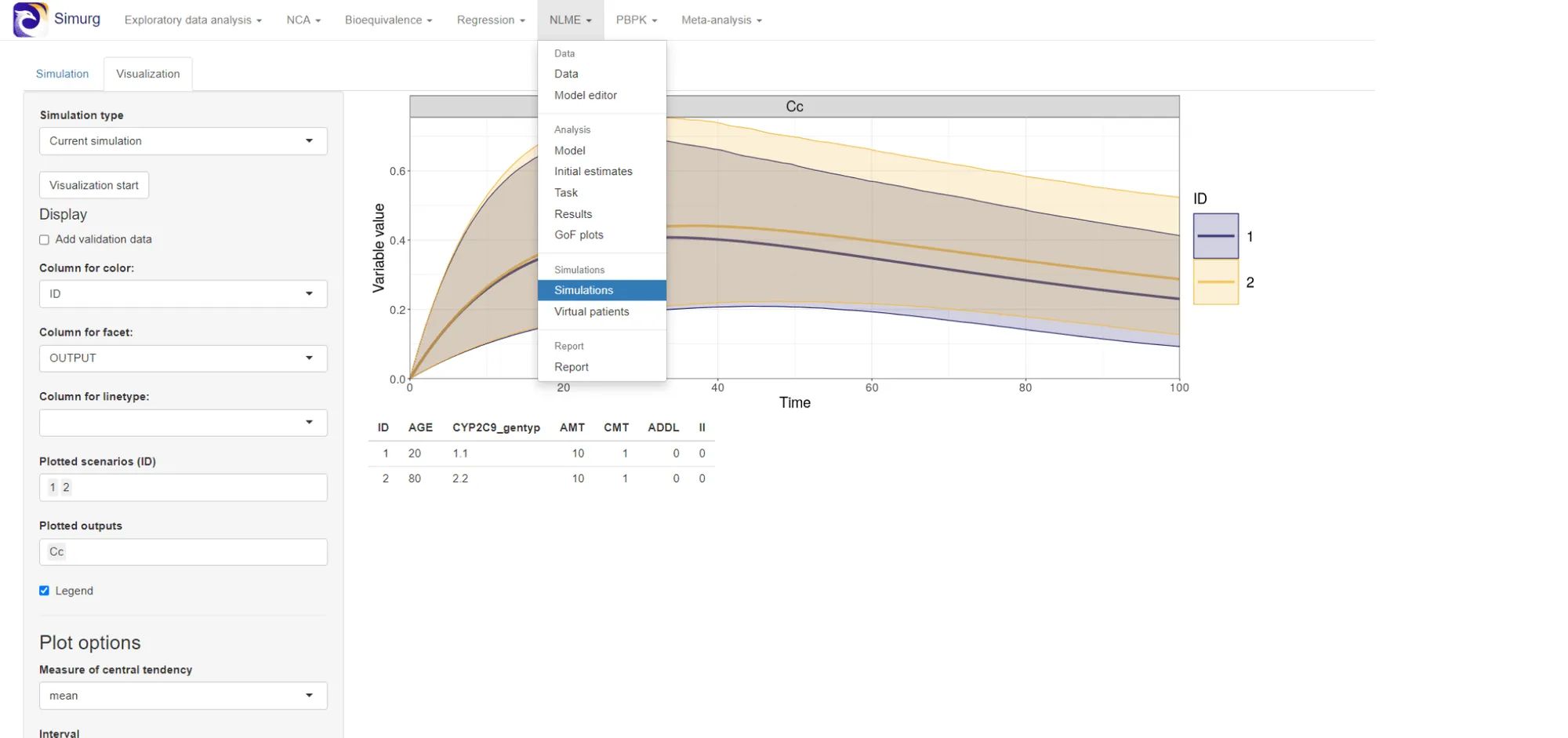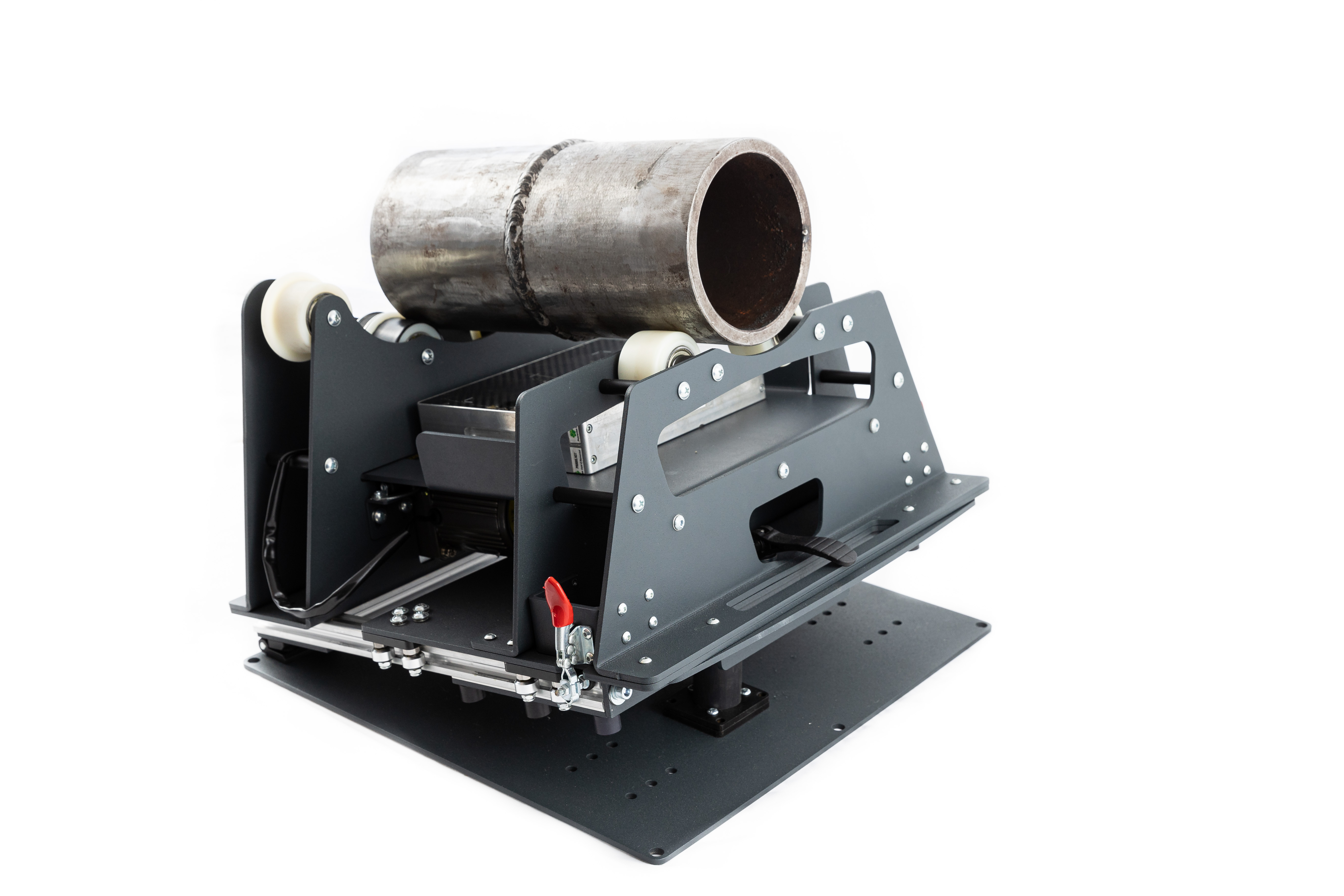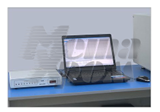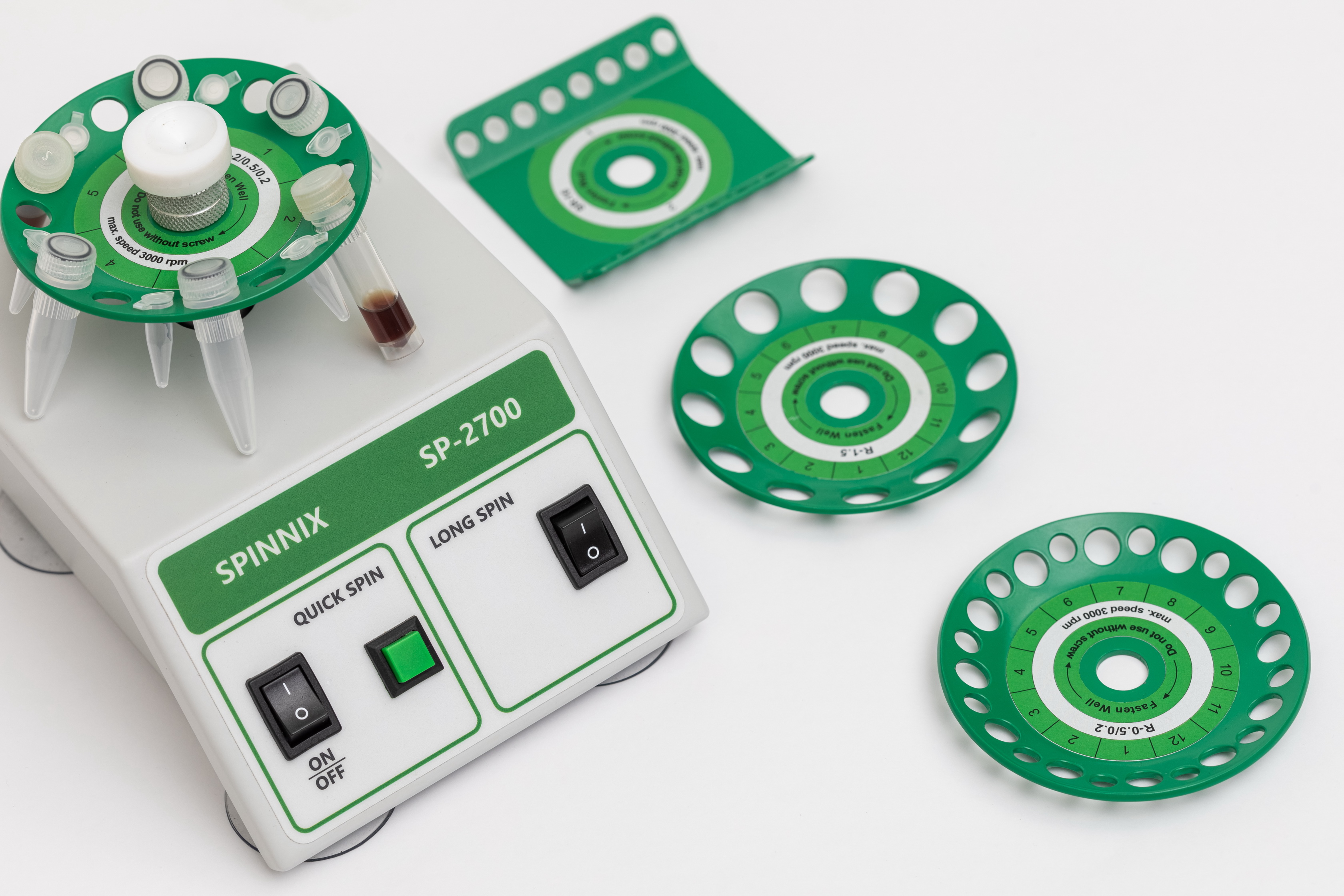Catalog
Search
18 products
View:
18 products

The EDA module
The EDA module is designed to perform exploratory data analysis. It allows you to analyze the structure of the data, as well as identify patterns in them.
СимургФарм
Москва
Produced in: Moscow

Software module for recording automatic auditory evoked potentials of AUDIO-SMART/ASWP
Automatic registration of auditory evoked potentials (ASVP) is recommended for screening in risk groups in order to identify patients with auditory neuropathy/desynchronization. The high frequency of stimulus presentation and Chirp stimulus ensure a high response rate. An improved algorithm for analyzing the response in the frequency range makes it possible to register the response in difficult conditions with a significant level of electromagnetic interference.
NEUROSOFT
Иваново
Produced in: Ivanovo

Software "Atom"
Software "Atom" works within MSWindowsXP environment/7/8/10 and provides the analyst with a wide range of possibilities for conducting atomic emission spectral analysis, performs all the necessary processing of atomic emission spectra and calculation of concentrations, and also allows routine and non-standard analyses to be carried out with maximum efficiency.
VMK OPTOELEKTRONIKA
Novosibirsk
Produced in: Novosibirsk

Software for ТProfessional Manager Amplifiers
The Biometra TProfessional Manager software is designed to manage TProfessional series amplifiers (thermal cyclers). TProfessional Manager allows you to simultaneously manage five TProfessional amplifiers, create, edit and save amplification programs for them.
The program has a simple and intuitive interface with the possibility of tabular or graphical programming mode.
Лабораторная Диагностика
Москва
Produced in: Moscow

The program and equipment that convert an electroencephalograph into a monitor of cerebral function NEURON-SPECTRUM-MCF
Long-term monitoring of cerebral function, synchronous video recording during monitoring, presentation of information on the screen in the form of compressed trends of AEG, EEG, ECG, SpO2, etc.
NEUROSOFT
Иваново
Produced in: Ivanovo

Nonlinear Modeling module with mixed effects NLME
The NLME nonlinear modeling module with mixed effects will help to analyze data in which there is a nonlinear relationship between dependent and independent (time, covariates) variables and take into account the influence of all necessary factors.
СимургФарм
Москва
Produced in: Moscow

Embryological LIS iSee
iSee is a Russian laboratory information system for ART clinics.
This is the first domestic development of such a purpose.
This is the result of the joint efforts and competencies of Skylit and the network of ART clinics CSM
Скайлит
Москва
Produced in: Moscow

Hardware and software complex "Chameleon" for a comprehensive assessment of the quality of KSS
1 supp.
The use of the Chameleon complex will allow during a one-time installation of the object:
• to carry out visual and measuring control of the welded joint
to determine the required number of exposures at the specified values of the distance "radiation source-object of control", the size of the focal spot, the control class according to the standard GOST ISO 17636-2-2017
to measure intensity (gray level)/optical density at any point of the image
to display a histogram (distribution) of image intensities
to display a histogram of the intensity/optical densities of an arbitrarily selected segment or area in the image
to use digital filters to restore some of the useful information in the digital image
calibrate the "electronic ruler" according to the known dimensions of objects in the image (for example, the sensitivity standard)
to measure after calibration the linear dimensions of defects, the distance between defects, the distance between any points in the image
after calibration, to measure the linear dimensions of defects, the distance between defects, the distance between any points in the image calculate the area of defects measure the signal-to-noise ratio along the rectangle 22 by 50 at the point under the cursor determine the value of the basic spatial resolution SRb from the image of the double wire type standard
• to obtain an X-ray image of the welded joint in accordance with GOST ISO 17636-2-2017
• to perform measurements of the irregularities of the welded joint detected by the results of decoding
• to generate a conclusion based on the results of the control without an intermediate stage of fixing the results
Flat panel detector "Prodis.Mark"
technology: CMOS
scintillator: CsI
operating modes: static, dynamic (without the use of intermediate processes of "fixing" the radiation image)
the maximum energy of the radiation source is 300 keV
pixel size: 50 microns
the size of the active area: 12x15, 15x24 or 24x30 cm
Software – DICONDE Engineering solutions and technologies used in the manufacture of the detector allow: to ensure high data reading speed and low noise level; to meet the requirements for the quality of the resulting image according to GOST ISO 17636-2 for thicknesses in the range of 1.5-12 mm; to reduce by an order of magnitude the control time during exposure in real time (analog of the X-ray method)
Device for non-contact measurement of geometric parameters of a welded joint
It is intended for obtaining a digital model of the profile of a welded joint in real time and subsequent measurement of such parameters as: linear and angular displacement of edges, height and width of reinforcement, smooth transition from the main to the deposited metal, depth of undercuts.
The achieved measurement accuracy is 0.1 mm
Control welded joint rotator
Provides circular movement of the object under control in accordance with the specified modes:
the speed of rotation, the number of stops, the pause time required for the exposure.
RII MNPO SPEKTR
Moscow
Produced in: Moscow

HLA Fusion software for the integration and analysis of HLA typing data and the determination of antibodies to HLA
The HLA Fusion program allows you to analyze the data obtained using One Lambda kits for HLA typing and antibody detection. Fusion can be used in laboratory computer networks. The program works with data from LabScan 100 and Bio-Tek ELX800-NB devices. The user can adjust the "cut-off" values to refine the results and create their own work reports. A convenient database includes: complete patient information, antibody screening history (LABScreen, FlowPRA, LAT, LCT), genotyping (rSSO, SSP, SBT), serological typing (LMT, Terasaki Tissue Typing trays), KIR and MICA typing.
The program includes modules for analyzing the results obtained using the One Lambda kits: FlowPRA, Micro SSP, LABScreen, LABType, LAT, LCT, and Quantiplex microspheres. The One Lambda software is designed to facilitate the analysis of results and the determination of HLA. However, it should be remembered that the program is just an assistant and the results should be carefully checked by a specialist with HLA typing experience to confirm the correctness of the result.
Лабораторная Диагностика
Москва
Produced in: Moscow

ADC FOR AUTOMATION OF OLD CHROMATOGRAPHS
The hardware and software complex for measuring the signals of chromatographs "Meta-chrome" (complex) is designed to automate the old fleet of chromatographs of the type LHM, model-3700, series "Color", etc. in terms of measuring the chromatographic signal and automating the processing of chromatographic information. The complex consists of two interconnected functional modules:
an analog-to-digital converter (ADC unit) and a chromatographic information processing program "NetChrom" (hereinafter referred to as the processing program).
technical specifications
The number of analog inputs is from 1 to 8.
Data exchange with a personal computer is via the standard RS—232C interface.
The input impedance is at least 1×106 Mohm.
The voltage resolution is 4,768 MV/unit.code (the number of effective digits is 19). The linear dynamic voltage range is at least 0.5×106. When an external electrometric amplifier is connected with automatic switching of measurement limits, the dynamic range is expanded by 100 times. Switching control is automatic.
The input voltage range is from minus 2.5 to 2.5 V.
The minimum measured half—width of the chromatographic peak is 0.5 s .
The level of fluctuation noise brought to the input is no more than 1×10-5 V.
The reduced error of the linearity of the signal conversion is no more than ± 0.1%.
Electric power supply from a single—phase AC network with a voltage from 187 to 242 V, frequency (50 ± 1) Hz, operating mode - continuous.
Power consumption (without a personal computer), no more than — 15 VA.
Overall dimensions (width × depth × height), no more than 300×215×60 mm.
Weight, not more than 2.7 kg.
NPF "META-KHROM"
Yoshkar-Ola
Produced in: Yoshkar-Ola, Mari El

BARS.Healthcare - Laboratory Information System 2.0
The centralized solution is designed to standardize the exchange of laboratory research data, combining all clinical and diagnostic laboratories in the region into a single system.
The system provides all the necessary tools to automate each stage of the laboratory process, from the receipt of biomaterial for research to the issuance of results to the patient, as well as extensive analytical capabilities for the management of a medical organization to monitor and evaluate the effectiveness of the use of materials, equipment and personnel labor costs.
The key feature of LIS 2.0 is integration with MIS, which allows doctors to see all the tests in a single information space.
БАРС Груп
Москва
Produced in: Moscow

SNP TOOLBOX - Genomic variations
Our tool helps:
quickly obtain comprehensive information on each variation (genes, risks, diseases)
, select the variations of interest, use software filters (by disease, by position in genes/chromosomes, by damaging effect, by occurrence, as well as unknown ones)
to visualize the variations of interest in detail
Variations can be uploaded in any available format (vcd, gvf, ...) obtained in any study, be it sequencing, PCR diagnostics or microchip analysis. Each uploaded variation is compared with a combined database collected from supervised open world sources (UCSC, OMIM, GAD,...), and the summary information is provided in a single block. You can select different lists from the uploaded variations that meet the search criteria. The report can be printed either by a list of variations or individually.
Produced in: Novosibirsk
